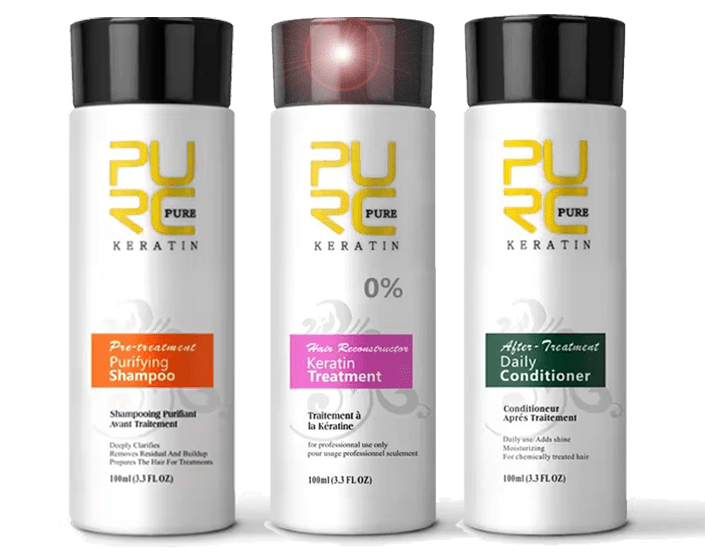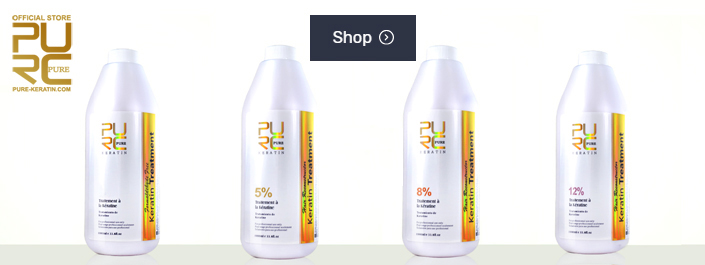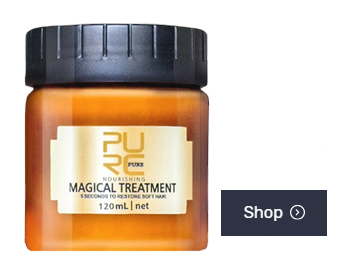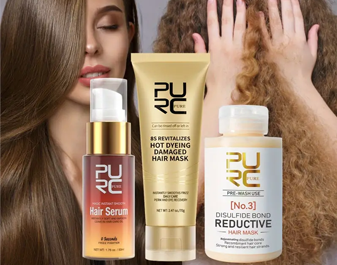Is keratin treatment good for damaged hair?
KERATIN TREATMENT on 5th Aug 2024
Is Keratin Treatment Good for Damaged Hair?
Outline
- Introduction
- What is Keratin?
- Understanding Damaged Hair
- What is a Keratin Treatment?
- How Does Keratin Treatment Work?
- Benefits of Keratin Treatment for Damaged Hair
- Potential Drawbacks and Risks
- Comparing Keratin Treatment to Other Hair Treatments
- Who Should Consider Keratin Treatment?
- How to Prepare for a Keratin Treatment
- Post-Treatment Hair Care
- DIY Keratin Treatments
- Professional Keratin Treatments
- Frequently Asked Questions
- Conclusion
Introduction
When it comes to hair care, everyone seems to be searching for that miracle solution to achieve smooth, shiny, and healthy hair. One treatment that has gained significant popularity is keratin treatment. But is it really good for damaged hair? Let’s dive into the world of keratin to find out.
What is Keratin?
Keratin is a fibrous structural protein that makes up the outer layer of human skin, hair, and nails. It acts as a protective layer, keeping hair resilient and strong. In hair, keratin is essential for maintaining elasticity and preventing breakage.
Understanding Damaged Hair
Hair damage can occur due to various factors such as excessive heat styling, chemical treatments, environmental exposure, and poor hair care practices. Damaged hair often appears dry, brittle, and frizzy, lacking the smooth and shiny appearance of healthy hair.
What is a Keratin Treatment?
A keratin treatment is a chemical process that infuses the hair with keratin, aiming to restore and replenish the protein lost due to damage. This treatment smooths the hair, reduces frizz, and adds shine, making it easier to manage.
How Does Keratin Treatment Work?
The treatment involves applying a keratin solution to the hair and sealing it with heat, typically using a flat iron. The heat activates the keratin, allowing it to bond with the hair cuticle and fill in the gaps where keratin has been depleted.
Benefits of Keratin Treatment for Damaged Hair
Smoothing and Frizz Reduction: Keratin treatment can significantly reduce frizz, leaving hair smoother and more manageable.
Strengthening and Repairing: By replenishing lost keratin, the treatment strengthens the hair, reducing breakage and split ends.
Potential Drawbacks and Risks
While keratin treatments can provide many benefits, there are also potential drawbacks:
- Chemical Exposure: Some keratin treatments contain formaldehyde, which can pose health risks. It’s essential to choose formaldehyde-free options.
- Temporary Nature: The effects of keratin treatments are not permanent and typically last for a few months.
Comparing Keratin Treatment to Other Hair Treatments
Keratin vs. Protein Treatments: While both aim to strengthen hair, protein treatments focus on repairing the hair’s internal structure, while keratin treatments smooth the outer layer.
Keratin vs. Deep Conditioning Treatments: Deep conditioning treatments provide moisture and nourishment, whereas keratin treatments primarily focus on smoothing and strengthening.
Who Should Consider Keratin Treatment?
Ideal candidates for keratin treatment include those with frizzy, dry, or damaged hair. It’s particularly beneficial for individuals with thick, coarse hair that is difficult to manage.
How to Prepare for a Keratin Treatment
Pre-treatment Hair Care Routine: Use a clarifying shampoo to remove buildup and ensure your hair is clean.
Important Considerations: Consult with your stylist to discuss your hair type and the best keratin treatment for your needs.
Post-Treatment Hair Care
To maintain the results of your keratin treatment:
- Avoid Sulfates: Use sulfate-free shampoos and conditioners.
- Minimal Washing: Limit washing your hair to prolong the treatment’s effects.
DIY Keratin Treatments
At-home keratin kits are available for those who prefer a DIY approach. However, the results may not be as effective or long-lasting as professional treatments.
Professional Keratin Treatments
Choosing a professional salon for your keratin treatment can ensure better results. Look for experienced stylists who use high-quality products.
Frequently Asked Questions
How long does keratin treatment last?
Typically, the effects last for 3 to 6 months, depending on hair type and aftercare.
Can keratin treatment be done on color-treated hair?
Yes, but it’s advisable to consult with your stylist to avoid any adverse effects.
How often should you get a keratin treatment?
Every 3 to 6 months is recommended, depending on your hair’s condition and needs.
Is keratin treatment safe for pregnant women?
It’s best to avoid keratin treatments during pregnancy due to potential chemical exposure.
Can men benefit from keratin treatment?
Absolutely, keratin treatments can be beneficial for anyone looking to improve the condition and manageability of their hair.
Conclusion
In conclusion, keratin treatment can be a great option for those with damaged hair looking to restore smoothness, strength, and shine. However, it’s important to weigh the benefits against the potential risks and choose the right treatment and aftercare routine for your hair type. Always consult with a professional stylist to ensure the best results.



















